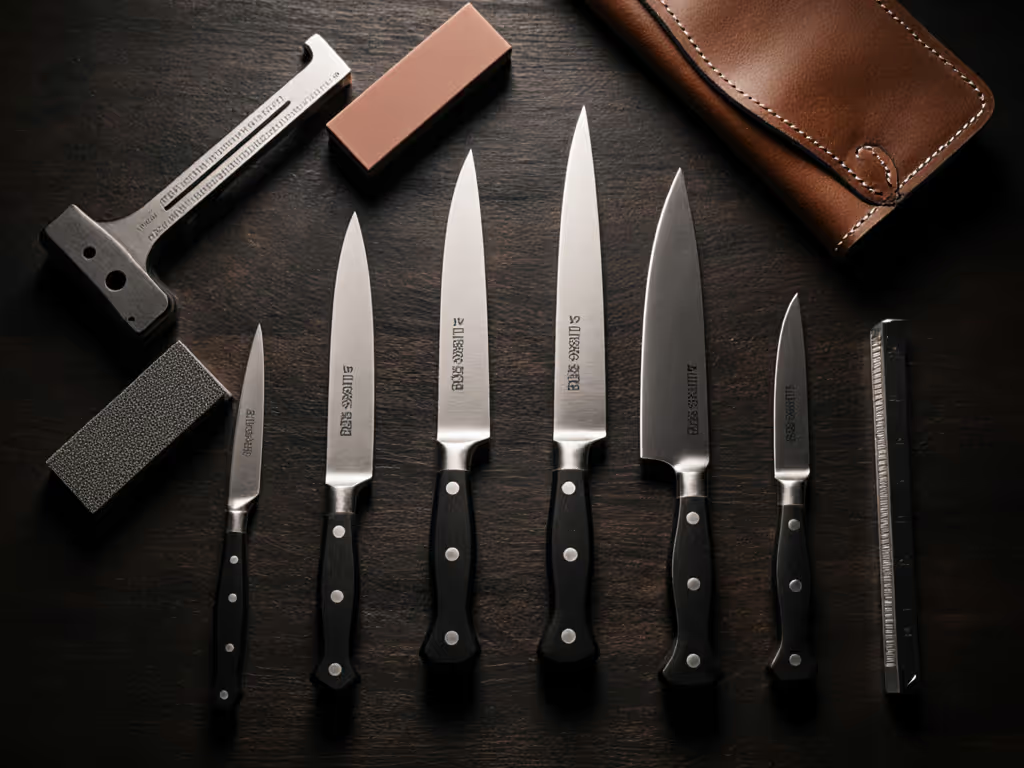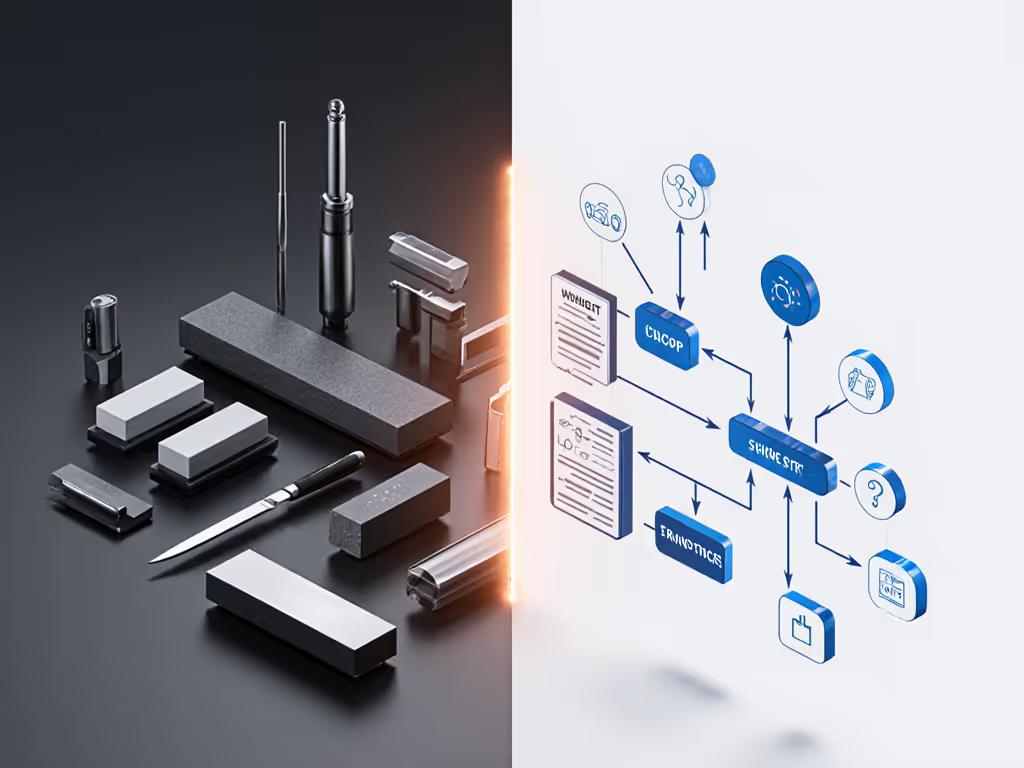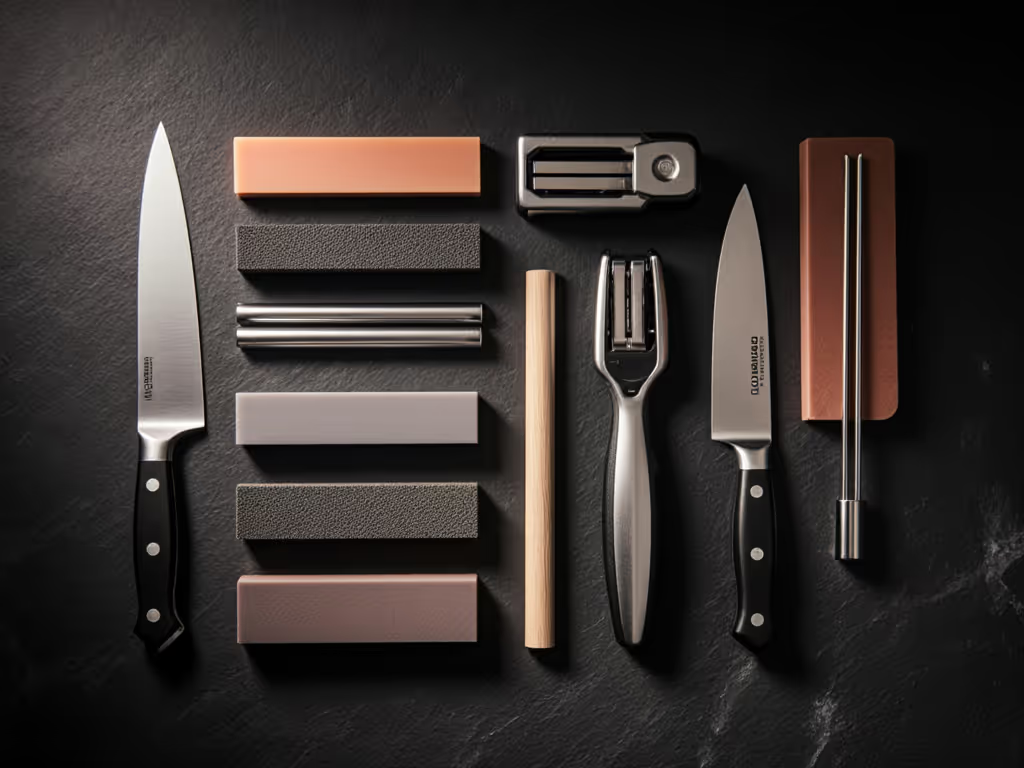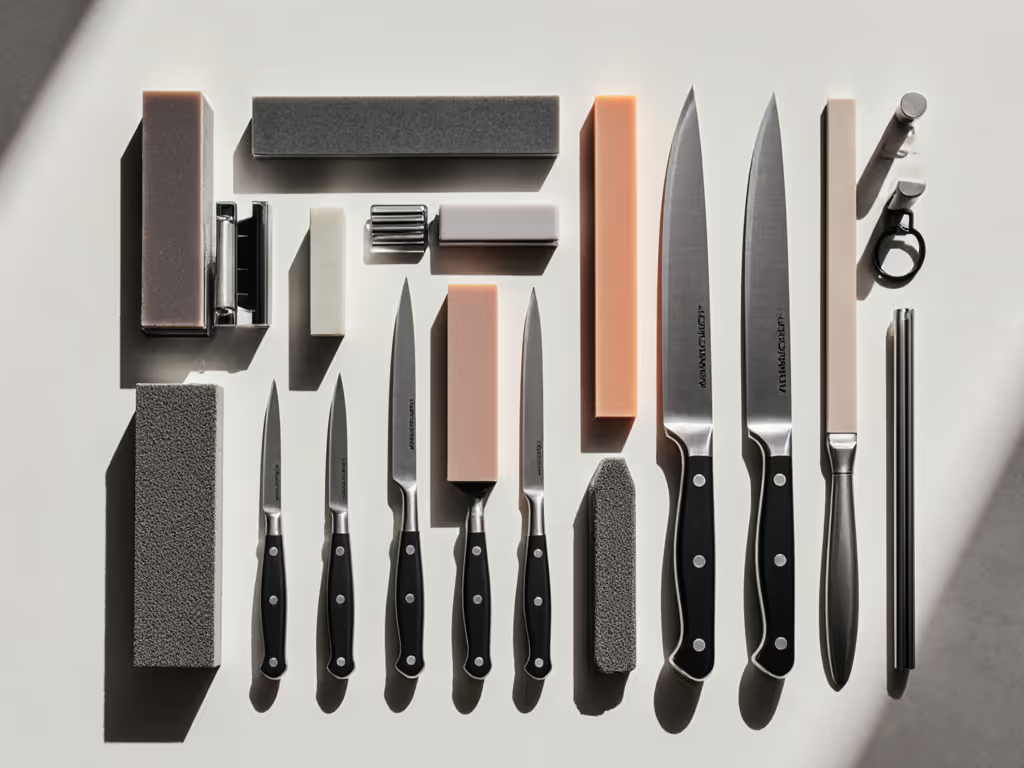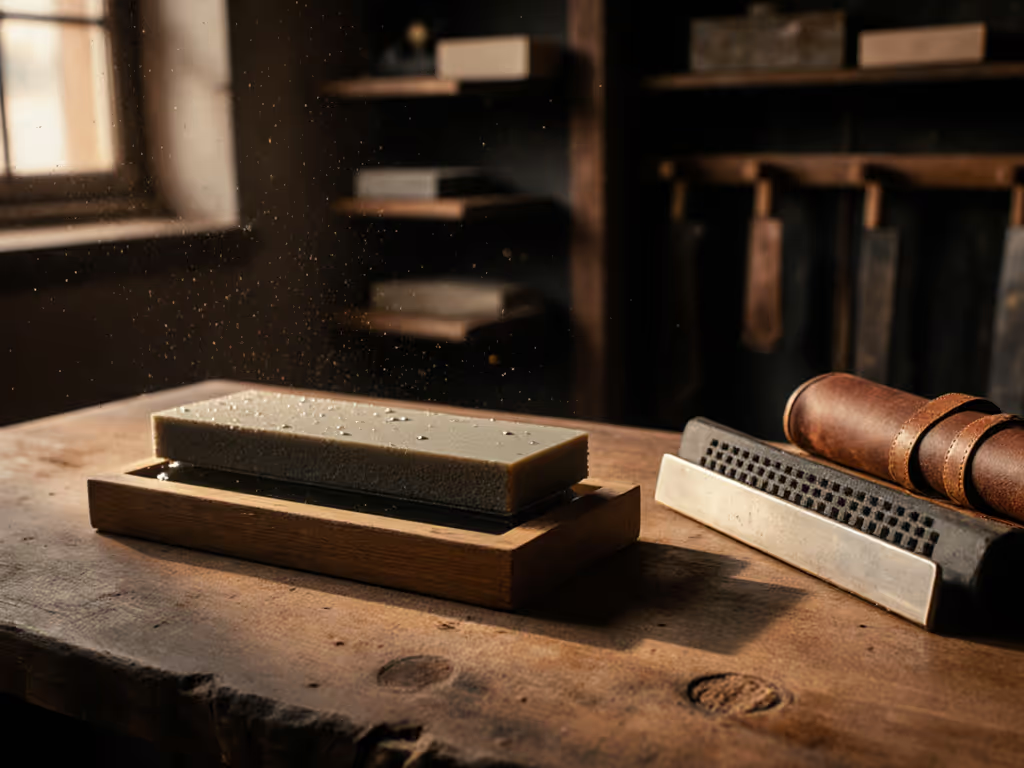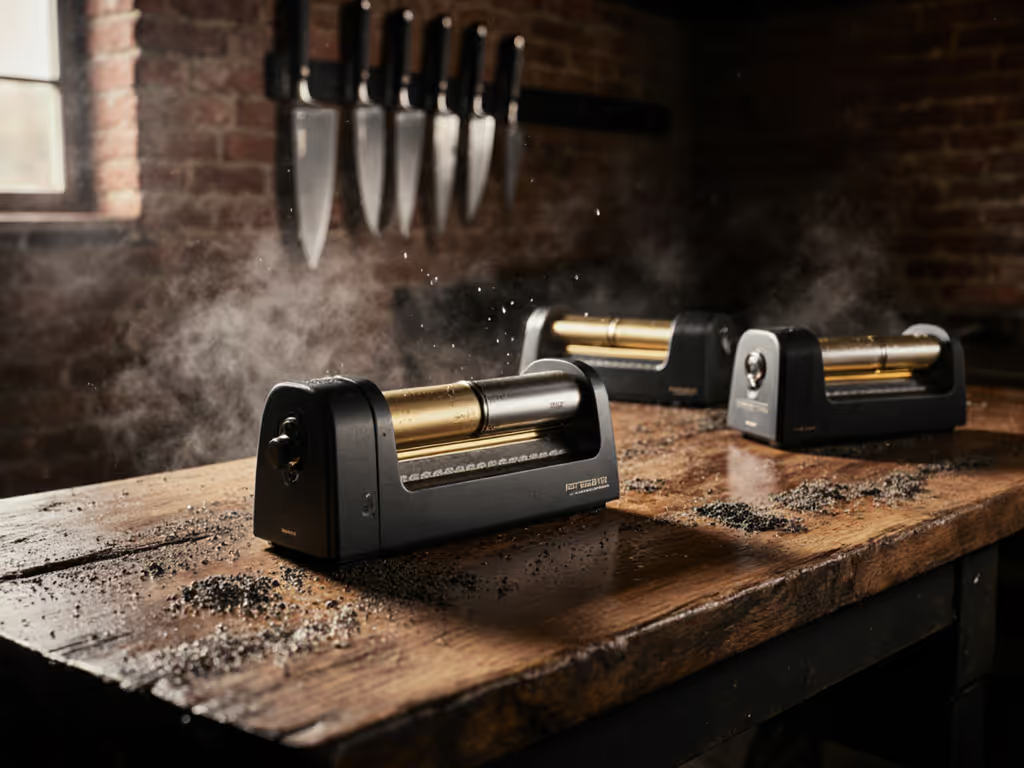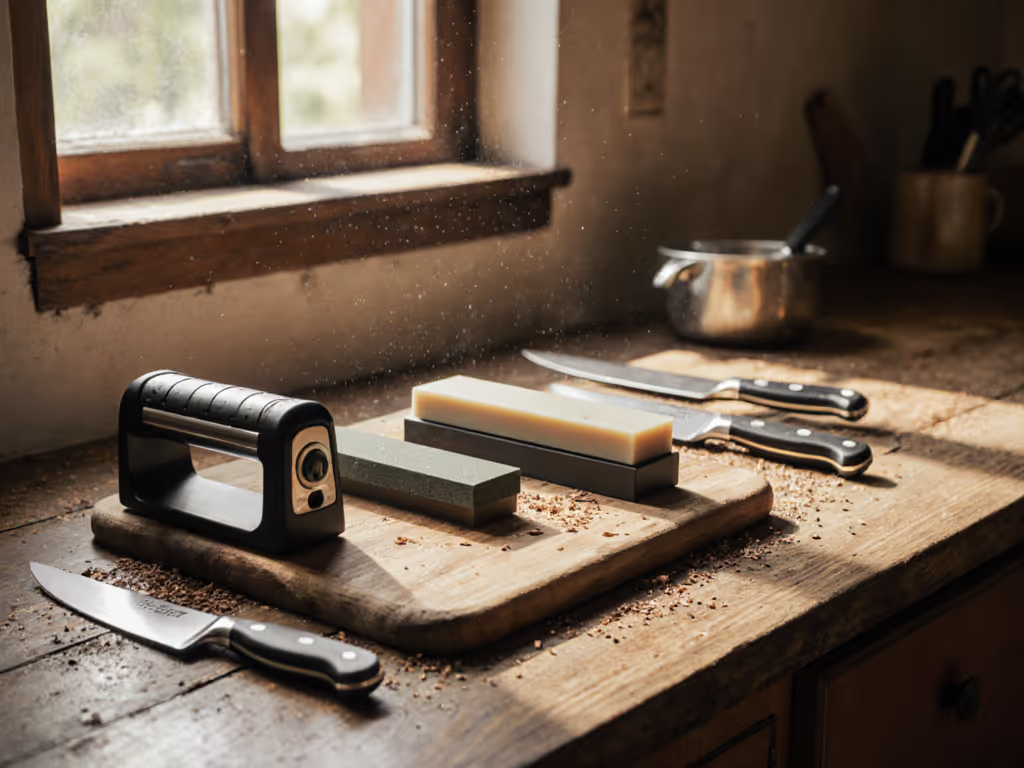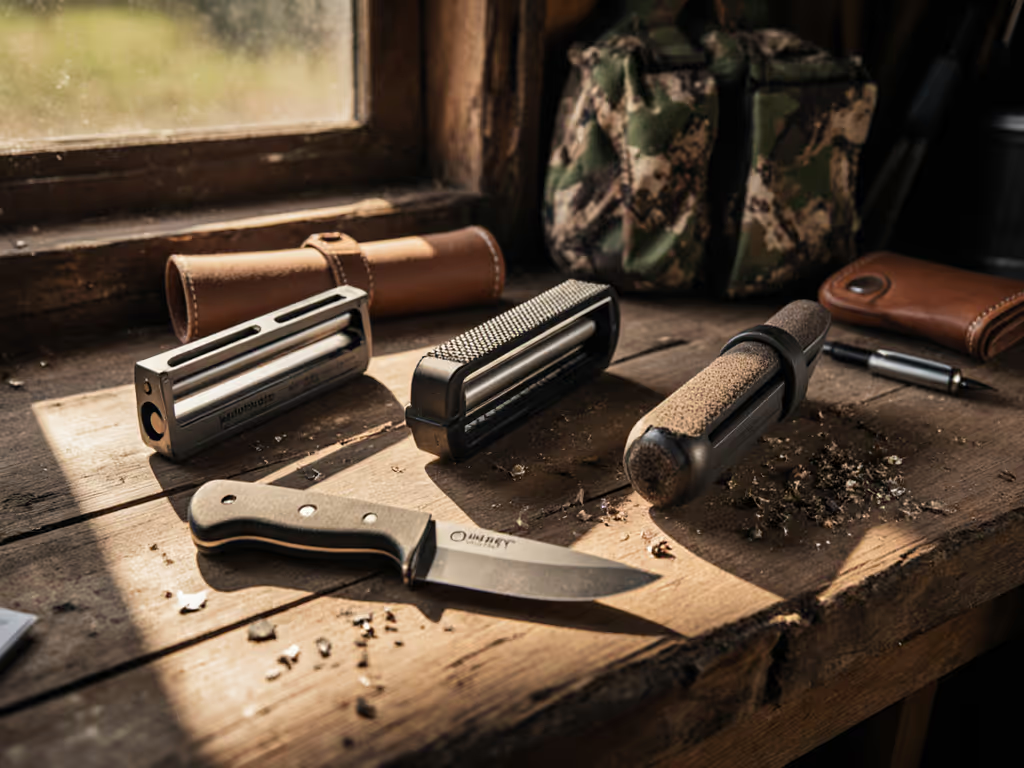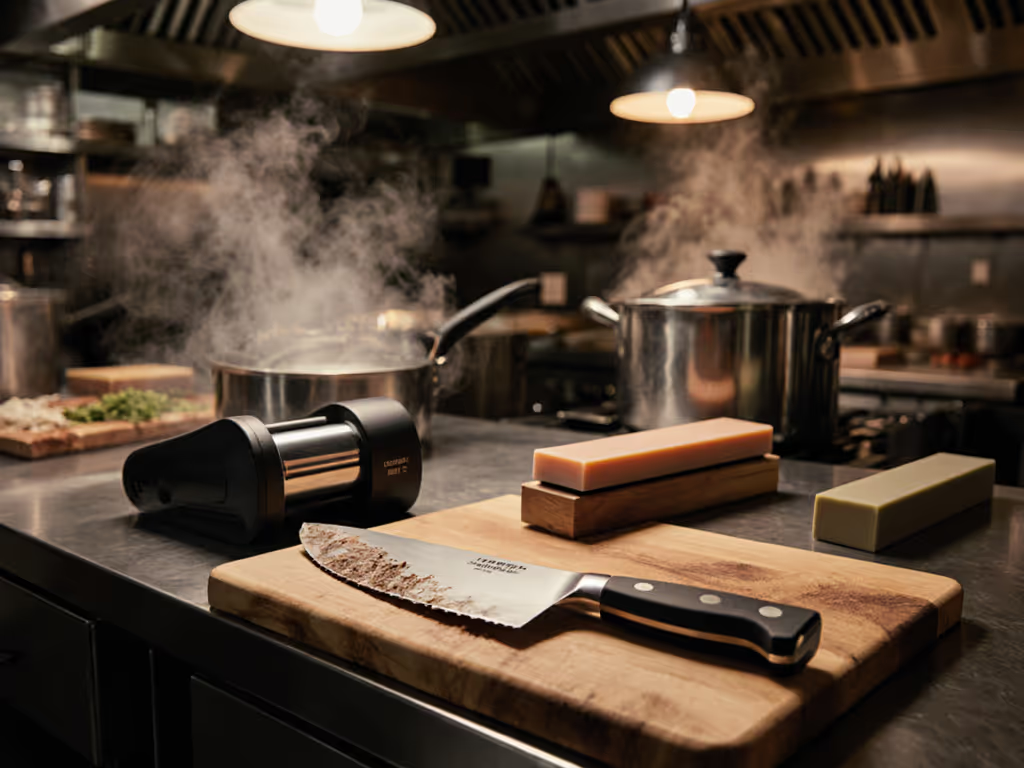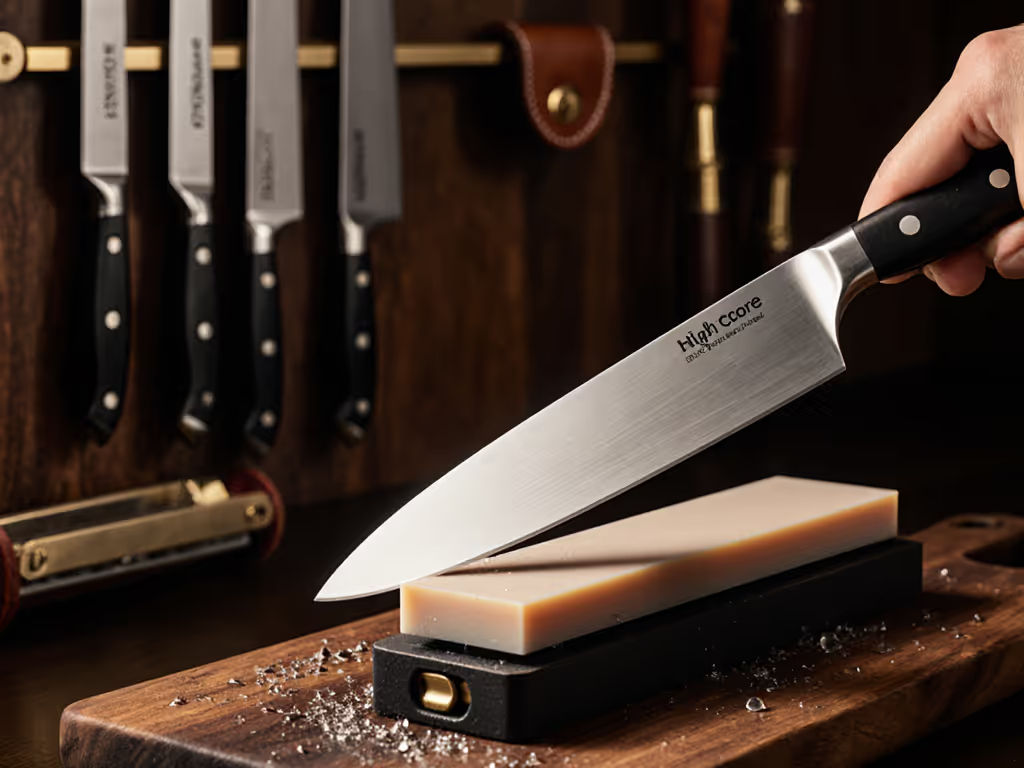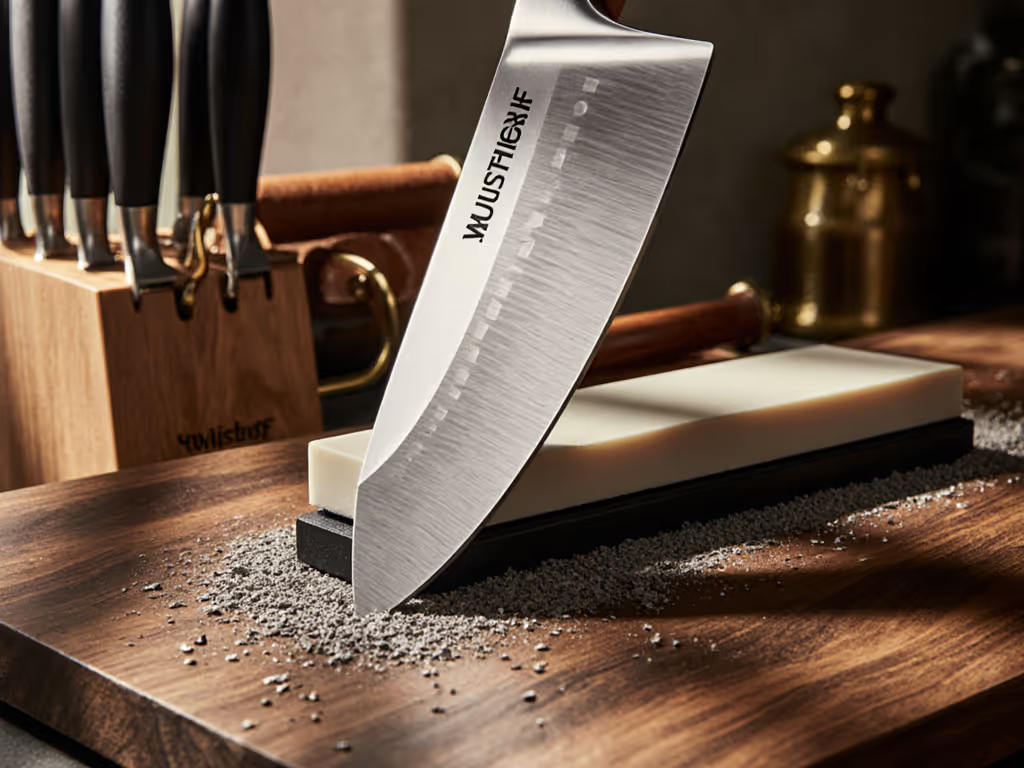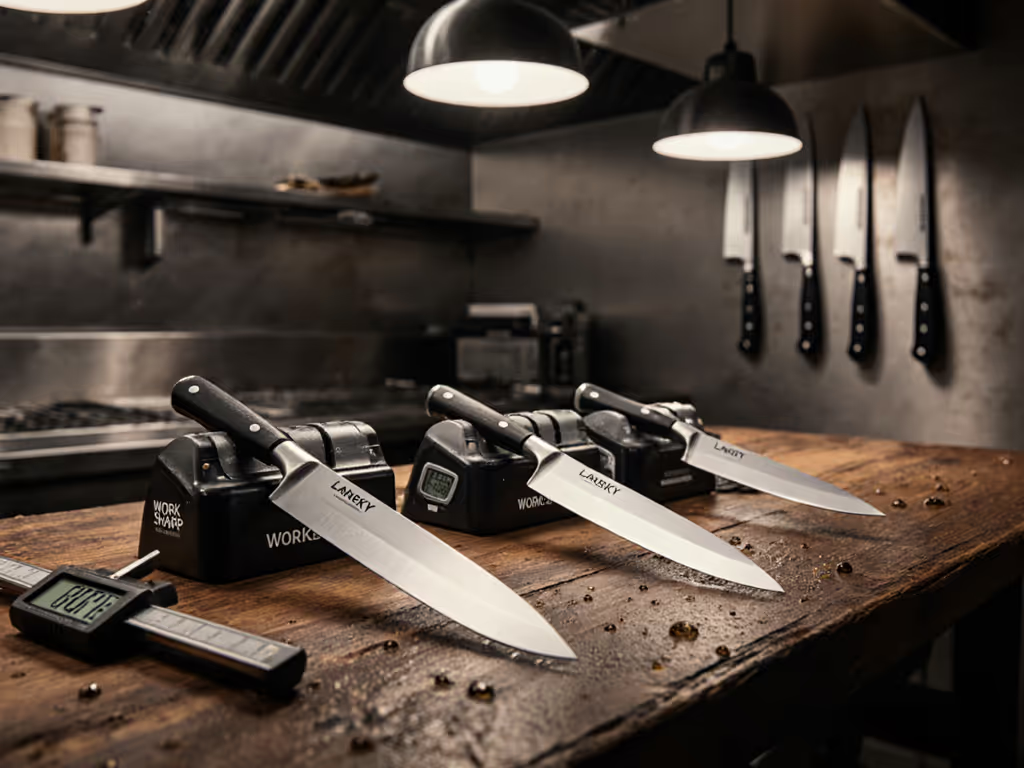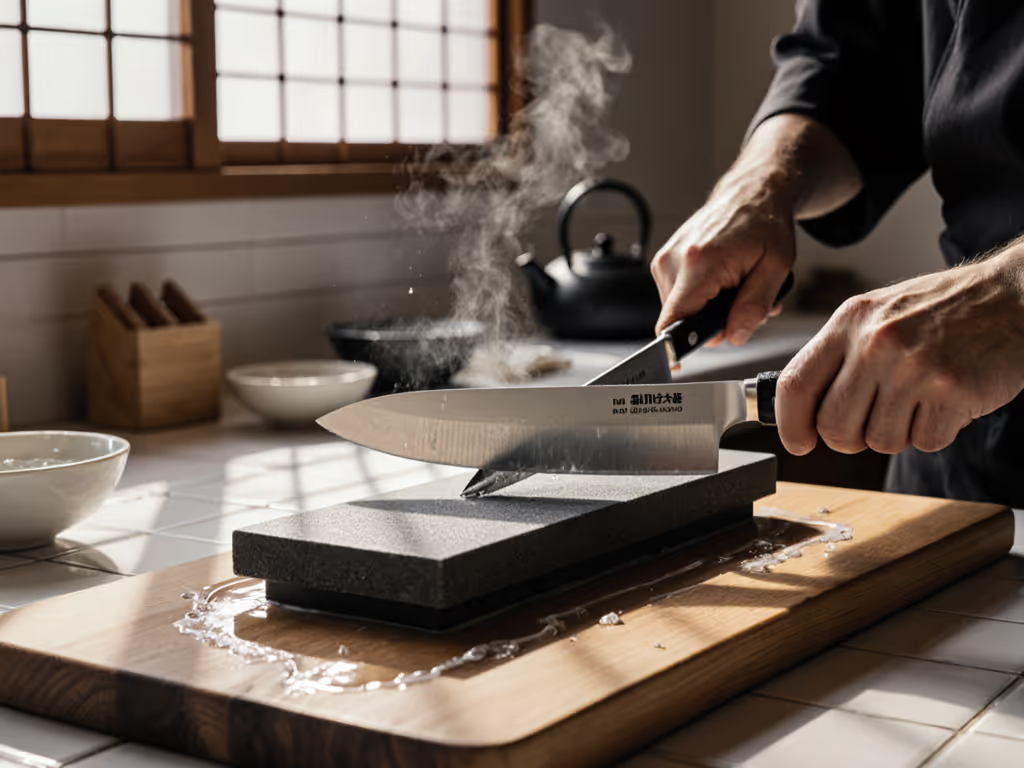
Most Popular
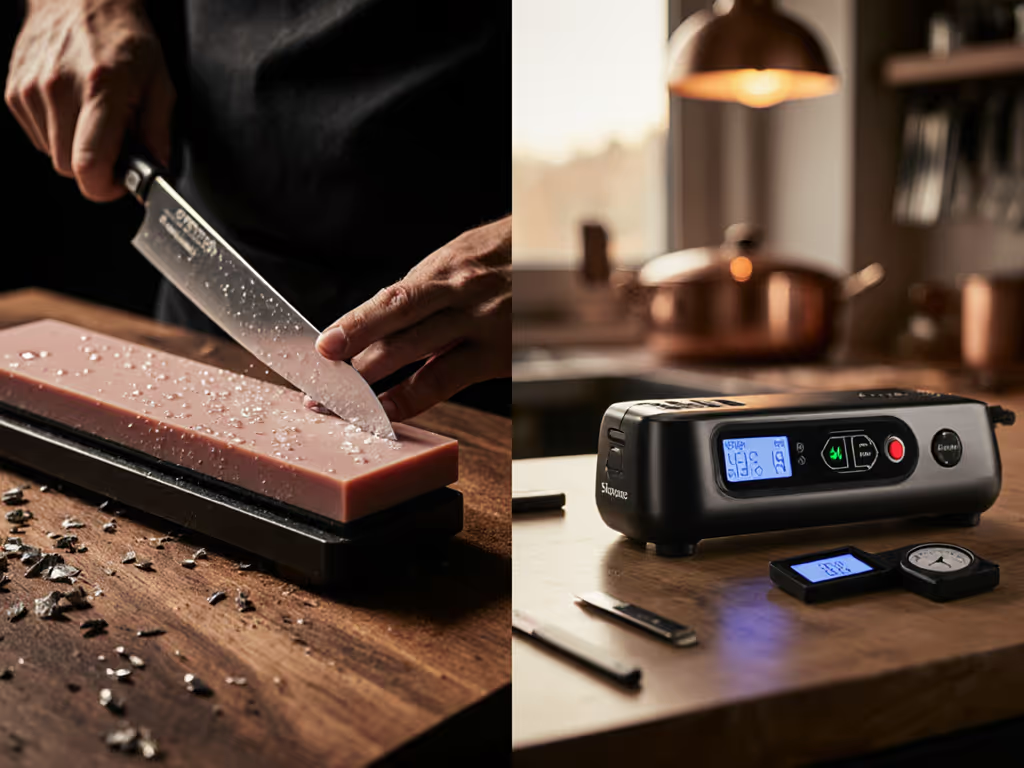
Whetstone vs Electric Knife Sharpener: Results Compared
Side-by-side measurements of noise, cleanup time, angle consistency, metal removal, and footprint reveal what actually works in an apartment kitchen. Whetstones deliver quiet, precise, longer-lasting edges, while electric sharpeners are best kept for quick fixes on inexpensive knives.
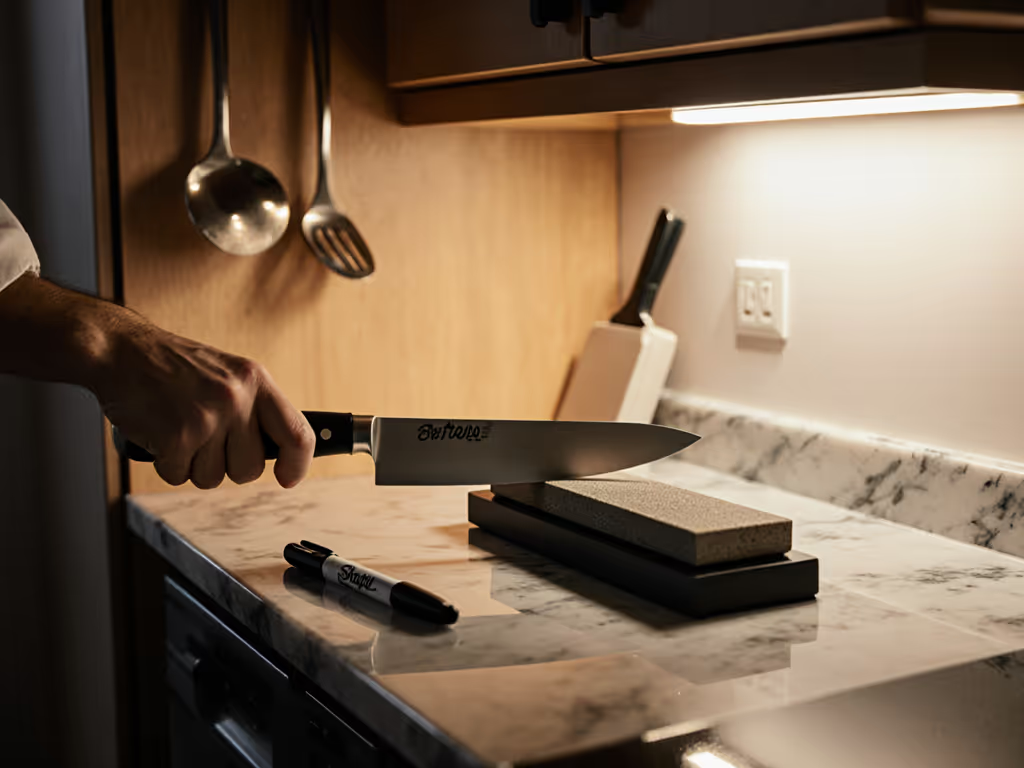
Knife Sharpening Angles Demystified For Small Kitchens
Match sharpening angles to your knife steel and small-space constraints to get sharper edges with less noise, less mess, and fewer re-sharpenings. Use practical grit choices, the Sharpie test, and a compact five-minute workflow to maintain knives without crowding the counter.
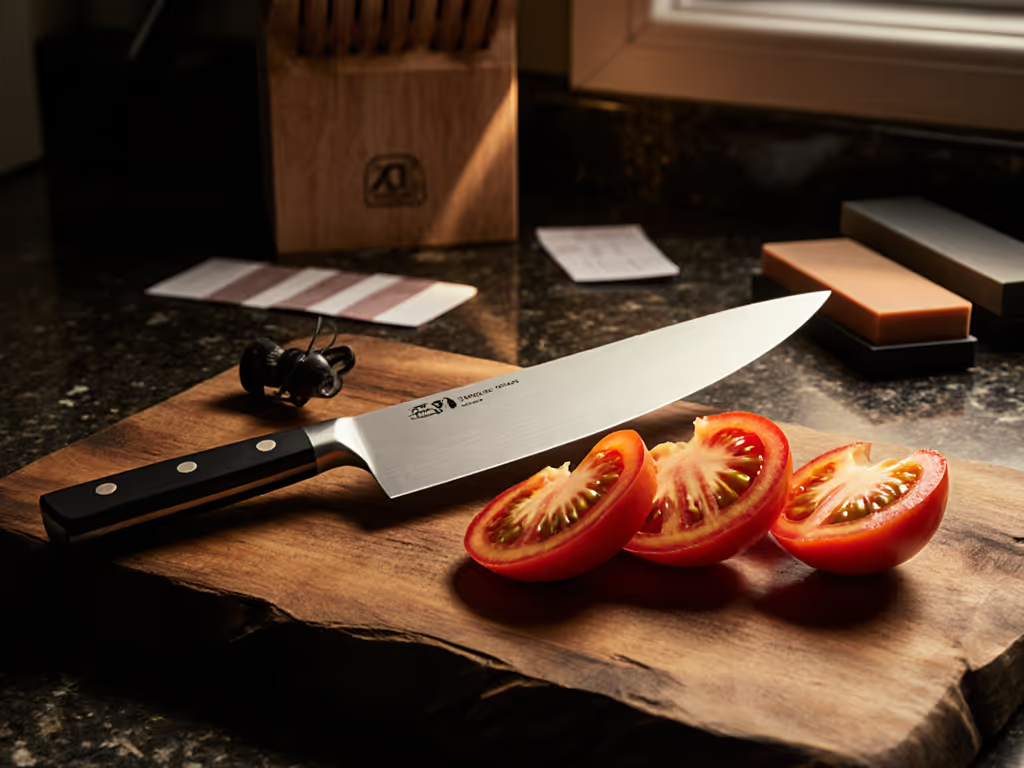
How Often to Sharpen Knives: A Usage-Based Timing Guide
Replace calendar rules with a simple, data-driven routine: track usage hours and task severity, consider steel type, and use tomato/paper tests to set sharpening triggers. Hone regularly to extend time-to-sharp and sharpen only when needed, improving safety, speed, and blade longevity.
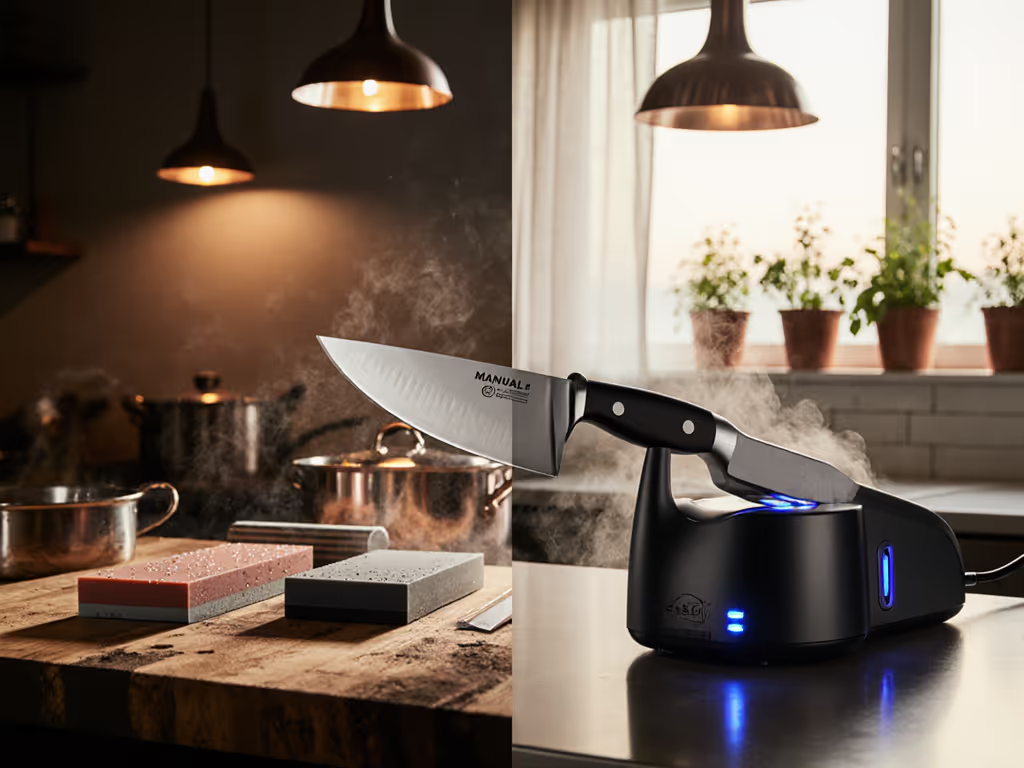
Manual vs Electric Knife Sharpening: Your Safe Choice Guide
Get data-backed guidance to choose between manual, guided, and electric sharpening based on safety, metal removal, cost, and learning curve. Follow a simple workflow to sharpen confidently while protecting knife life.
Browse by Category
